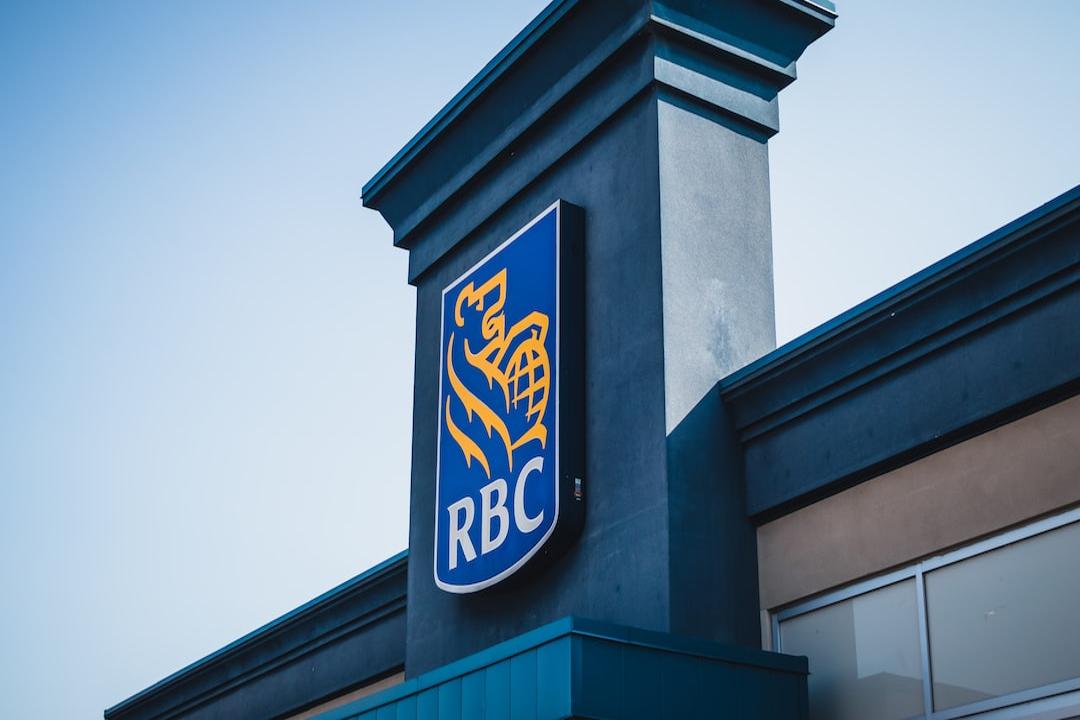Crypto wallets, whether software programs or physical devices, are essential for securely sending, receiving, and managing cryptocurrencies. There are two types of wallets: custodial and noncustodial. Custodial wallets, typically provided by centralized cryptocurrency exchanges or service providers, manage the private keys on behalf of users.
Centralized exchanges have long been the go-to solution for transferring funds between cryptocurrencies and fiat currencies. This process is known as on-ramping (from fiat to crypto) and off-ramping (from crypto to fiat). However, alternatives like MoonPay, Transak, and Revolut Ramp have emerged to facilitate transfers to and from noncustodial wallets.
Despite advancements, the “Global Crypto Onramp Report” by Cointelegraph Research reveals that over 50% of crypto payments fail, with an abandonment rate of up to 90% during the purchase flow. The success rate of on-ramping also depends on the cryptocurrency being used. Buying Bitcoin (BTC) and Tether (USDT) with fiat tends to be more successful than buying Ether (ETH).
On and off-ramp solutions integrate with wallet applications like MetaMask and Phantom, allowing seamless transactions between fiat and cryptocurrencies without relying on centralized exchanges. While these tools primarily focus on buying and selling cryptocurrencies using fiat, this article will focus on selling cryptocurrencies, converting them to fiat, and depositing them into a Visa debit card from a MetaMask wallet.
To withdraw cryptocurrencies to a Visa debit card from a MetaMask wallet, follow these steps assuming the user has an ERC-20 wallet with ETH and access to the MetaMask app:
Step 1: Go to https://portfolio.metamask.io/.
Step 2: Connect your wallet.
Step 3: Click “Sell” from the top left options.
Step 4: Choose “Faster Payments” at the bottom.
Step 5: Select the “Debit or Credit” card option.
Step 6: Choose the off-ramp provider and enter your card details.
It’s important to note that the steps described above are based on a user experience with a MetaMask-Transak integration, which may vary due to changes and evolution. Users will also need to undergo an onboarding process and identity verification before using an off-ramp solution like Transak. Different providers have different commissions and service levels, so users should understand the differences before initiating a transaction.
Transferring funds from MetaMask to a debit card offers convenience but also presents potential challenges. The complexity of integrating MetaMask with a payment processor or debit card provider can lead to compatibility or technical issues. Price volatility in the cryptocurrency market is another concern, as users may experience unexpected profits or losses due to fluctuations.
There is also a risk of not receiving funds within the expected time frame, with delays caused by processing errors, network congestion, or payment processing system problems. To mitigate this risk, users should carefully review the terms and conditions regarding fund transfers and select reliable debit card companies with a history of timely and reliable transfers.
Privacy and security are factors to consider when using third-party service providers. Users entrust these providers with their cryptocurrency holdings and personal data, so selecting trustworthy providers with robust security protocols is crucial for asset and information protection.

